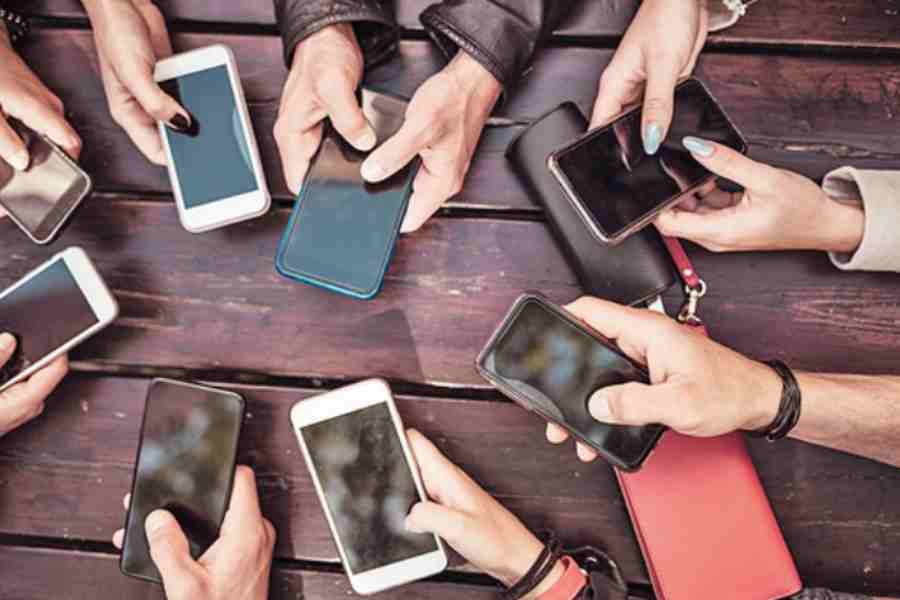Technological marvels, such as the smartphone, have made modern life convenient. But convenience can come at a price. There is evidence to indicate that the heavy use of smartphones leads to addiction, which is causing serious health issues among adults and children. Some of the manifestations of impaired health on account of smartphone addiction include fatigue, poor cognitive function, low self-esteem and so on. But there is a gendered angle to this vulnerability. A recent report by Sapien Labs, a Washington-based non-profit, has suggested that the deleterious effects of smartphones are more pronounced on the mental health of women. Age of First Smartphone/Tablet and Mental Well-being Outcomes, which gathered data from 27,969 respondents aged between 18-24 years across 41 countries, connected the parameters associated with mental well-being to the age of first ownership of smartphones. According to the report, those who got their first smartphones at the age of six were found to be experiencing suicidal thoughts and hallucinations; they also demonstrated aggressive behaviour. But the number of women affected — 74% — was much higher than the number of men — 42%. These figures progressively declined — more among men than women — as the age of ownership increased.
The difference in impact on the genders could be viewed through the prism of structural inequities. Smartphones disseminate content coated with misogyny and gender discrimination. As consumers, women users are thus at a greater risk of suffering a range of debilitating mental conditions, such as inclination towards self-injury and depression. Cases of cyberbullying of women, young or old, are on the rise too. The absence of a support structure that can help them access timely counselling compounds the challenge. The fifth National Family Health Survey revealed that a majority in the 15-49 years age group had never used a smartphone. However, this may change soon: the 2022 McAfee study found that smartphone usage among Indian children is as high as 83% — 7% more than the global average. A protective edifice must be in place at the earliest. There needs to be some form of gatekeeping when it comes to permitting children to use smartphones. Parents and teachers can play a constructive role here, but the thin line separating regulation and surveillance must be adhered to. Women must also be sensitised to insulate themselves from harmful content. Prevention is better than cure.











